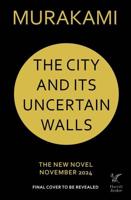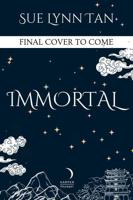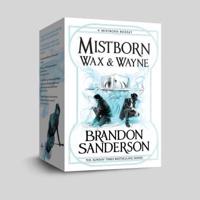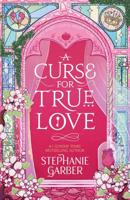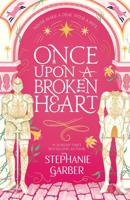Publisher's Synopsis
The "Chronicles of Qhapaq Pacha" is an ambitious fantasy novel that weaves together Incan mythology, philosophical meditation on the nature of reality, and classic hero's journey elements into a unique tapestry. The story follows three protagonists - Killa, a gifted seer haunted by prophetic visions; Inti-Coya, a Silver Moon Amaru struggling with her dual nature; and Ayar, a Huay Chivo inventor whose curiosity leads him to a powerful artifact. Together, they must confront Supay, a fallen cosmic intelligence threatening to corrupt their world through a cataclysmic event known as the Great Reset.
Rich Mythological Foundation:
The novel's greatest strength lies in its deep integration of Incan mythology and cosmology. Rather than simply using Incan elements as window dressing, Francom builds his entire narrative framework around concepts like the three realms (Hanan Pacha, Kay Pacha, and Ukhu Pacha), the Apus (mountain spirits), and various mythological creatures. This creates a uniquely South American fantasy that stands apart from more common European-inspired works in the genre.
Complex Philosophical Themes:
The story grapples with weighty themes of reality versus simulation, the nature of consciousness, and the balance between creation and destruction. The concept of the Great Reset and the Cosmic Intelligences' use of virtual realms as learning environments raises interesting questions about existence and purpose. These philosophical elements are well-integrated into the plot rather than feeling like mere academic exercises.
Character Development:
The three protagonists are well-developed, each facing distinct personal struggles that parallel the larger conflict. Killa's journey to accept and control her visions, Inti-Coya's battle with her dual nature, and Ayar's exploration of the boundaries between innovation and responsibility create engaging character arcs that intersect meaningfully with the main plot.
Narrative Structure:
The use of Amauta Yamayug as a storyteller frame provides an effective way to both deliver exposition and comment on the nature of storytelling itself. His interludes add depth to the narrative while maintaining the oral tradition feel appropriate to the setting.
Literary Merit:
The novel demonstrates strong command of symbolic imagery, particularly in its use of light and shadow motifs. The verse sections delivered by Amauta Yamayug show poetic skill and add cultural authenticity to the storytelling. The integration of multiple narrative layers - personal journeys, mythological elements, and philosophical themes - shows sophisticated story crafting.
Cultural Significance:
In an era where fantasy literature still tends to draw primarily from European mythology, "Chronicles of Qhapaq Pacha" offers a valuable contribution to the genre by showcasing the rich storytelling potential of Incan mythology. The respect shown to the source material while adapting it for a modern fantasy narrative is commendable.
Conclusion:
"Chronicles of Qhapaq Pacha" is an ambitious and largely successful fusion of Incan mythology, philosophical speculation, and classic fantasy elements. Despite some pacing issues and occasional complexity overload, the novel succeeds in creating a unique and thoughtful contribution to the fantasy genre. It will particularly appeal to readers interested in non-Western fantasy and those who enjoy stories that blend action with philosophical depth.

